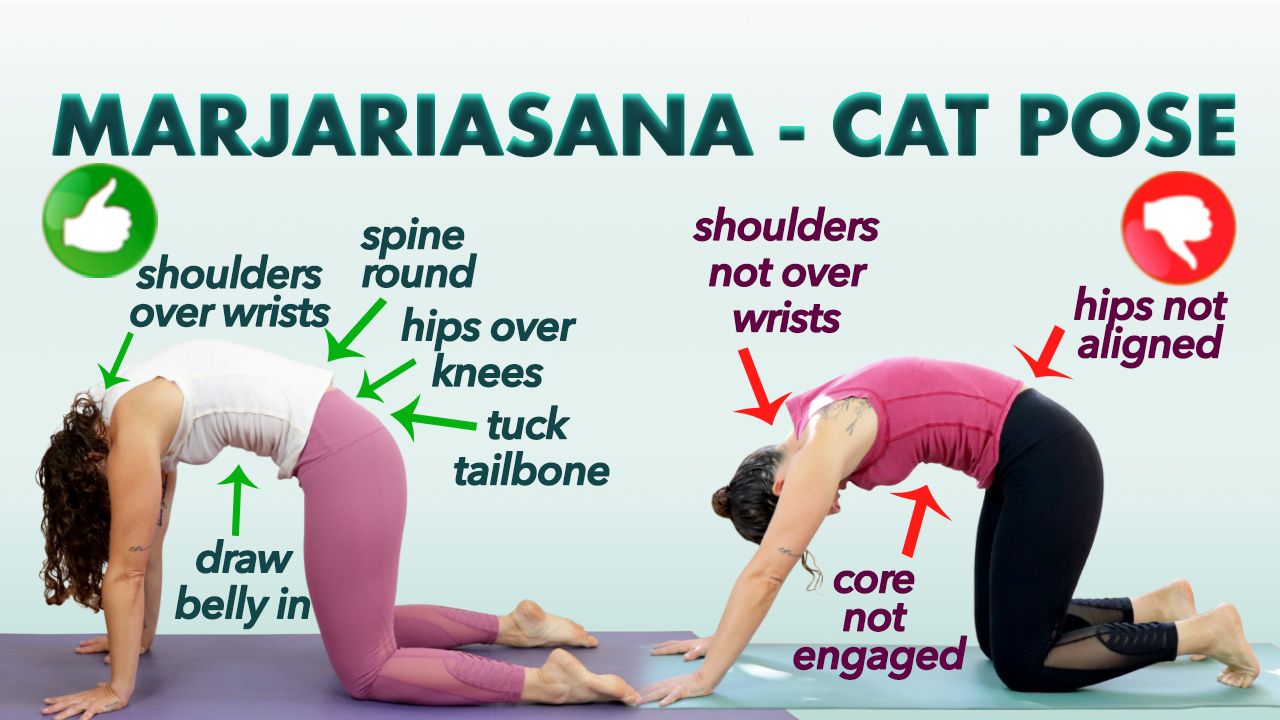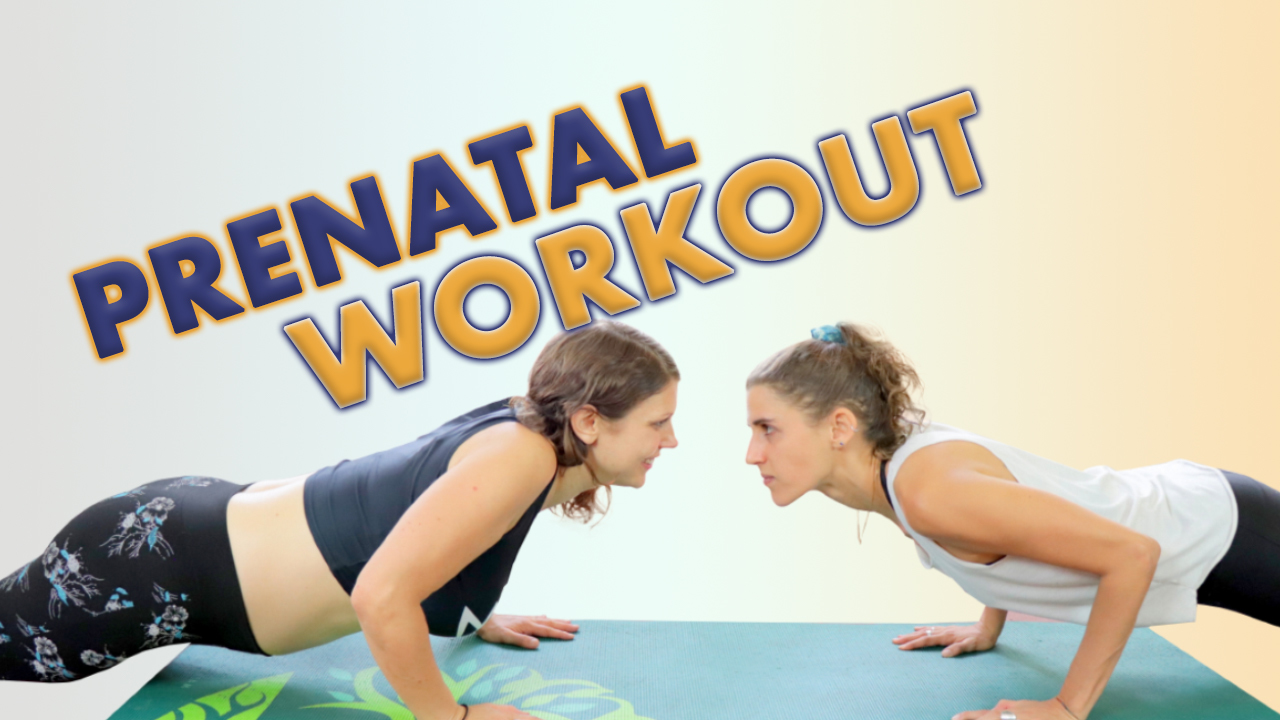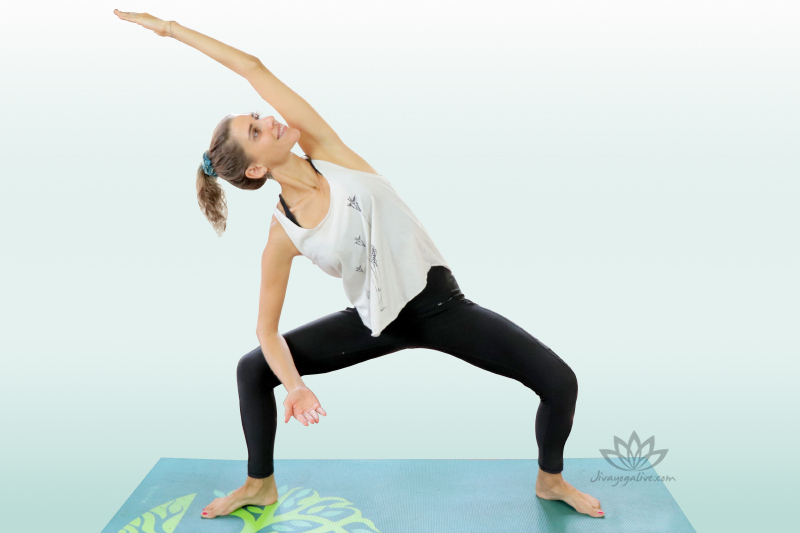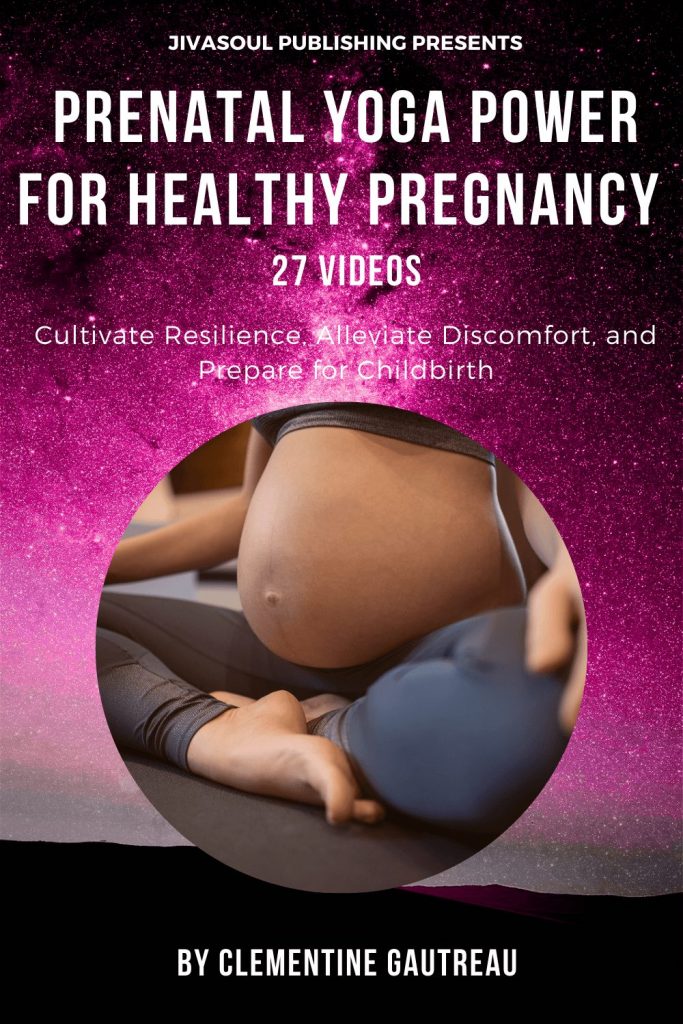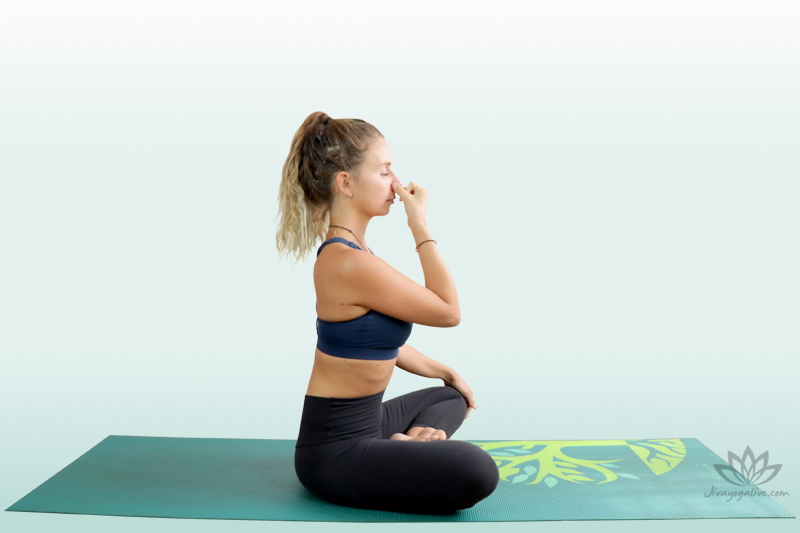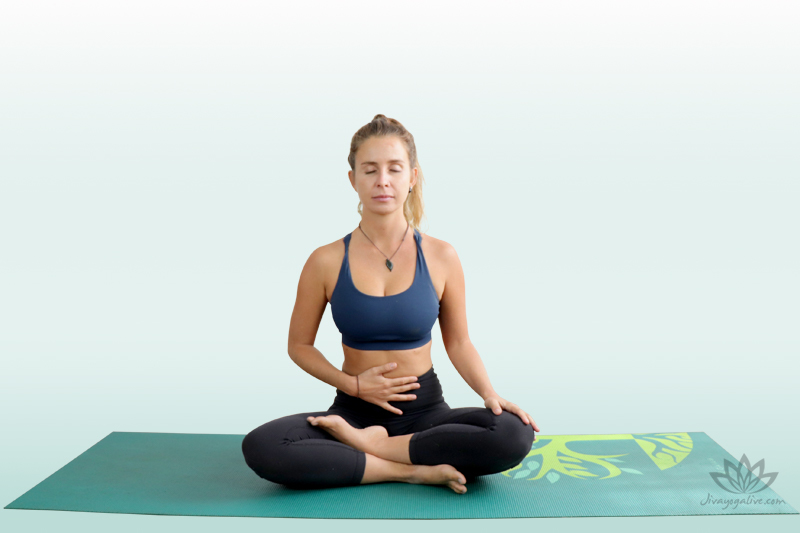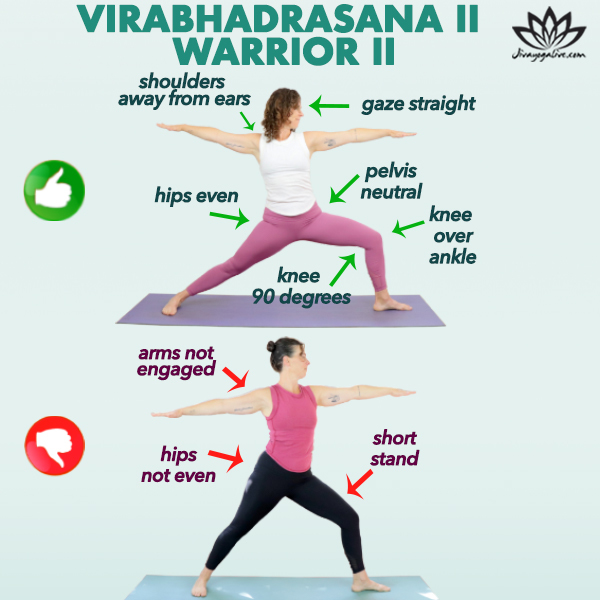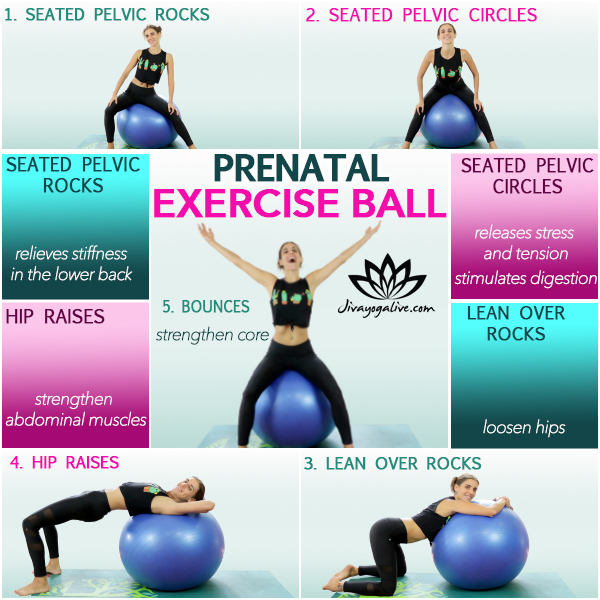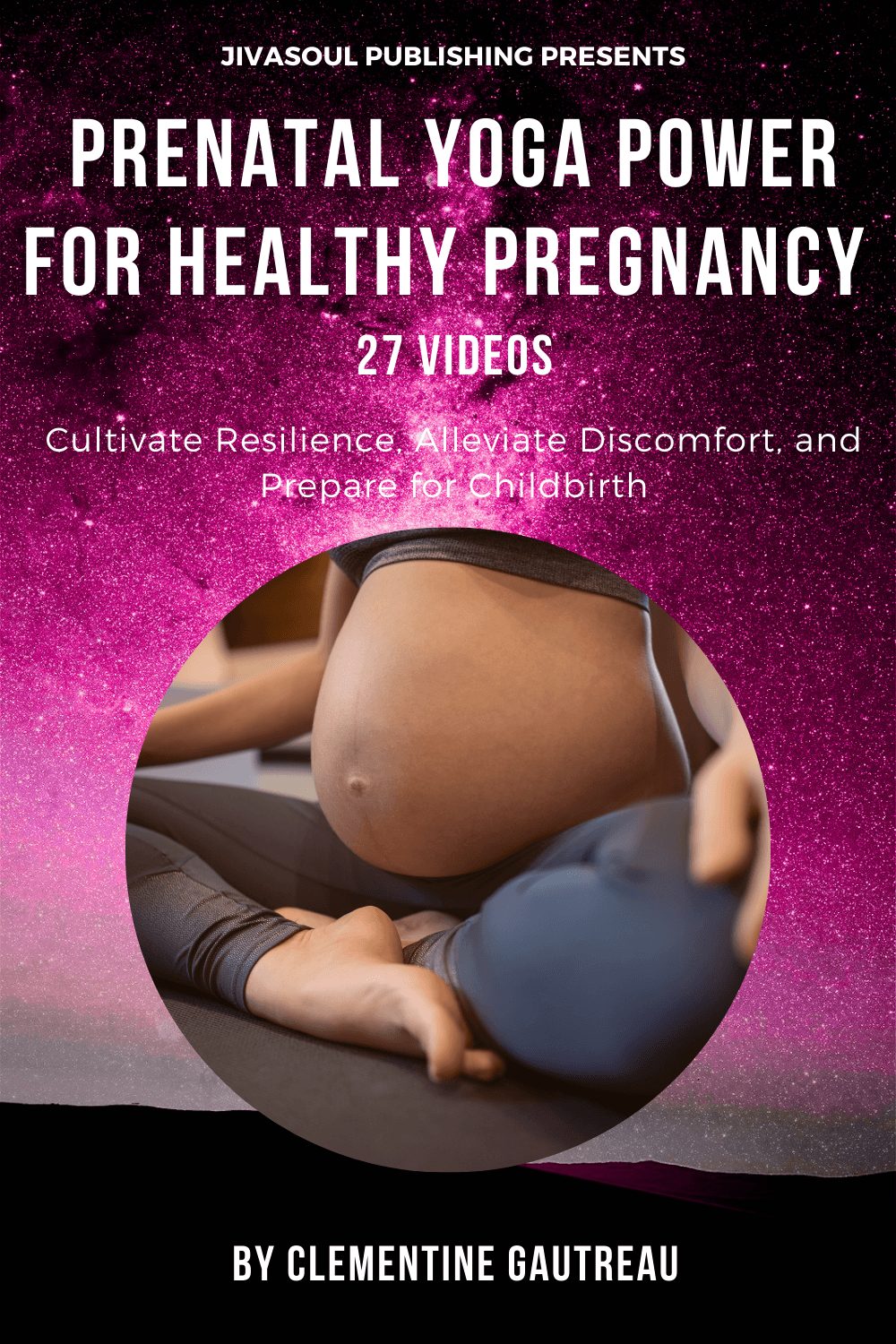Cat Pose in Yoga: Benefits, Instructions, and Teaching Tips for All Levels
Cat pose yoga is a foundational posture accessible to all levels and commonly practiced in Hatha, Vinyasa, and therapeutic styles. As part of the Core family of postures, it primarily emphasizes opening the back body through flexion (forward bending). Known in Sanskrit as Marjariasana (Marjari = Cat, Asana = Pose), cat pose yoga offers a dynamic opportunity to explore spinal health and sensory activation.
Paired with Cow Pose for Spinal Mobility
Cat pose yoga is almost always performed in tandem with Bitilasana (Cow Pose), which extends the spine into backbending. This harmonious pairing delivers a powerful formula for keeping the spinal muscles and joints mobile, supple, and pain-free. Whether used in a warm-up or as part of a restorative sequence, the combination ensures a comprehensive approach to spinal wellness.

Cat Pose Yoga Instructions
- Start by standing on all four limbs with your shoulders directly over your wrists and your hips directly over your knees. Making sure to align your wrist crease parallel to the front edge of your mat.
- Exhale tailbone rounds towards the earth, your back middle ribs then lift and eventually you round through your upper back and shoulders. You want to find articulation through every bone of your spine from below to above like falling dominos.
Make sure your shoulders are still directly over your wrists and push into the earth so your upper back lifts towards the sky and exits the body.
Now push-push-push into the earth to enhance the stretch, feel your shoulder blades lift and spread east to west, your chin tucks and your low belly coils in and up. Essentially your spine looks like a rainbow or… an angry cat.
Marjariasana Modifications – Variation & Alignment
Modifications- Perform Cat Pose in a chair or with your hands on your knees. This lessens gravity’s influence and is a great choice if you are working with a wrist, elbow or shoulder injury.
Variations- A little more spice? How about adding Uddiyana Bandha (low belly in and up) at the bottom of your exhales. You can also practice a variation where you lift your knees 2 inches (no more as it lessens the intensity) of the ground at the very bottom of your exhales, this adds tremendous abdominal strengthening.
Common Misalignment- Shoulders tend to drift back towards the heels which still feels really good but takes the stretch out of the upper back where we need it most. Consider that the Thoracic (mid-upper back) spine has the least amount of mobility when forward folding, back bending and twisting compared to the rest of the spine. So Cat Pose represents a huge opportunity to address this dormant area and bring new life!
Fix It- Draw the shoulders forward over the wrists and actually feel how that subtle adjustment shifts the stretch into the upper back spine (thoracic). Your shoulder blades lift into the back body and spread east to west. You want to feel the impact of your efforts by pushing the floor actively away from you.
For Teachers- On Language… It’s a paradox as its our main tool as educators but words don’t actually teach, experience teaches. However words can articulate actions, point to experiences and help bring the pose to life… We can use metaphors, action words and silence to point at an experience we want our students to have. Play with language and see how many ways you can teach the same thing – differently.
Keep your eyes open and don’t let students get away with drawing their shoulders back behind the wrists. Keep the bar high and let them know WHY they are doing what they are doing so they feel educated and empowered rather than controlled and restricted.
Adjustment- Place your hand on their upper back- between their shoulder blades and ask them to push up into your hand. Very simple and highly effective. Give it a try and let me know your experience!

Conclusion
Cat Pose is a MUST in my daily morning practice. It’s a medicinal Pose that awakens the spinal muscles, brings suppleness and mobility to the joints and just feels GOOD! It stretches the back body, shoulders and neck and is prescribed for relieving sciatic and back pain. When paired with Cow pose it improves overall posture.
Consider that every single bone in your spine is a slight idderation of the one above it and the one below, it’s like a puzzle. Some areas of the spine forward bend easier by design, some Back Bend easier by design and some areas rotate much easier, simply by design. Many of us simply bend where we are already bendy and move in a two dimensional way.
Now, play with initiating movement from the center of gravity (your pelvis) and letting each bone influence the one above it in time so your neck spine rounds last. This is super therapeutic and yields great benefit when practiced regularly. Your learning to segment out the movement so you feel you can access and intentionally move any specific area on purpose.
In yoga Cat Pose targets the area that is most dormant when forward bending, back bending and rotating. Think on this, you’ve never even seen this area of the upper back and certainly can’t get any sunblock there! Cat Pose is one of very few asanas that actually awaken this area behind the back of the heart and is worth investigating.
Instead of viewing this Cat Pose a gateway to other more stimulating poses take it on as its own thing. Study it, see what it can teach you about your body.
Child’s Pose is a great preparatory pose as it ground you prior to movement. You can counter pose with Eagle or Downward Facing Dog which continues to build energy.
Lastly, follow up with Eagle Pose and see if you have any newfound articulation in the upper back.
Click here to access the full course and elevate your teaching or personal practice today!
About
Jane
I teach a SOULFUL, slow flow alignment based Vinyasa where self inquire is encouraged and joy of being is the pinnacle. Read More..
